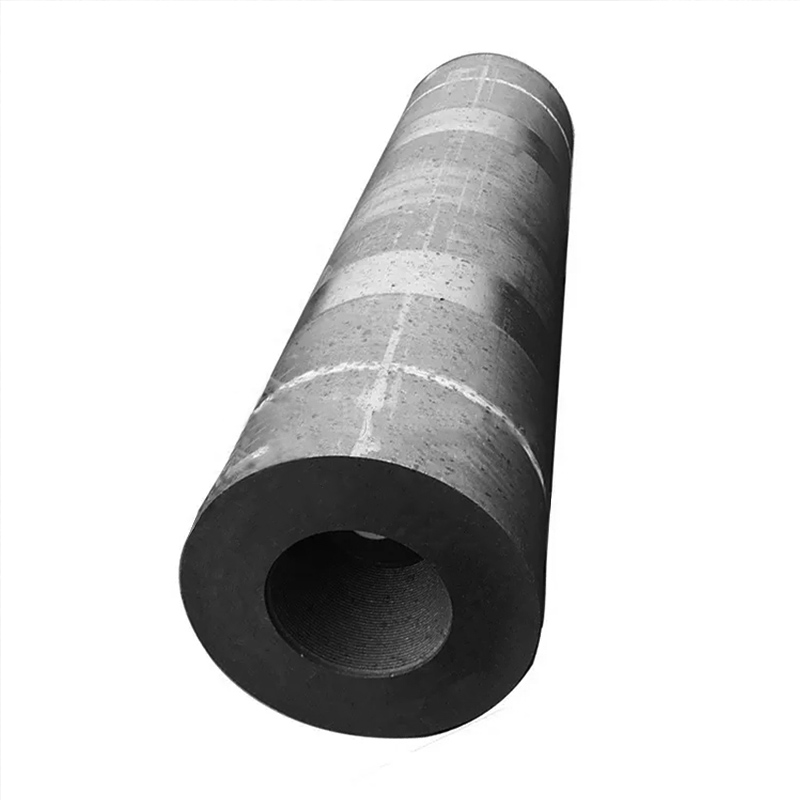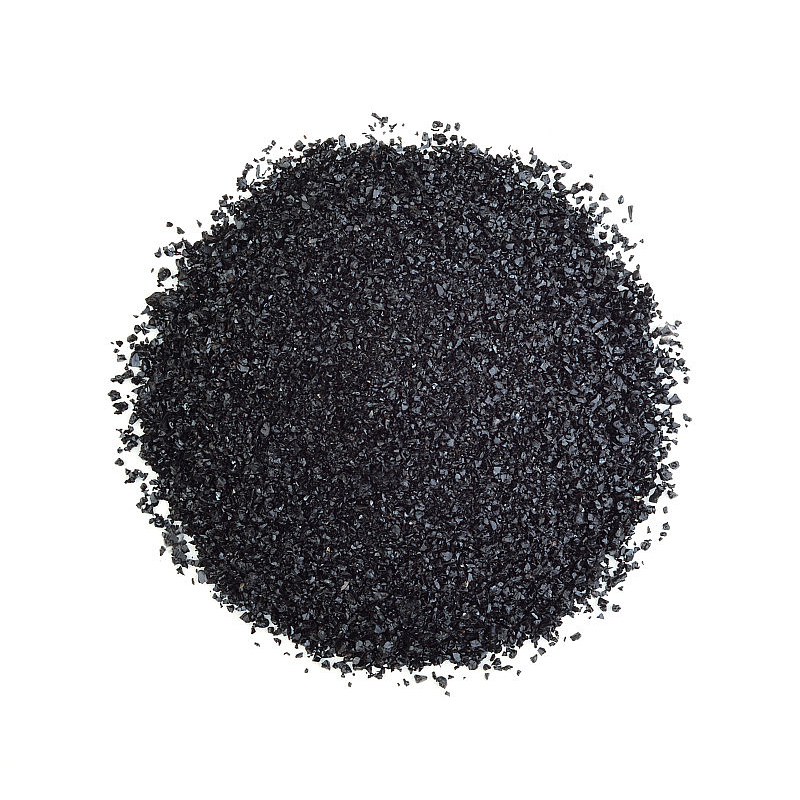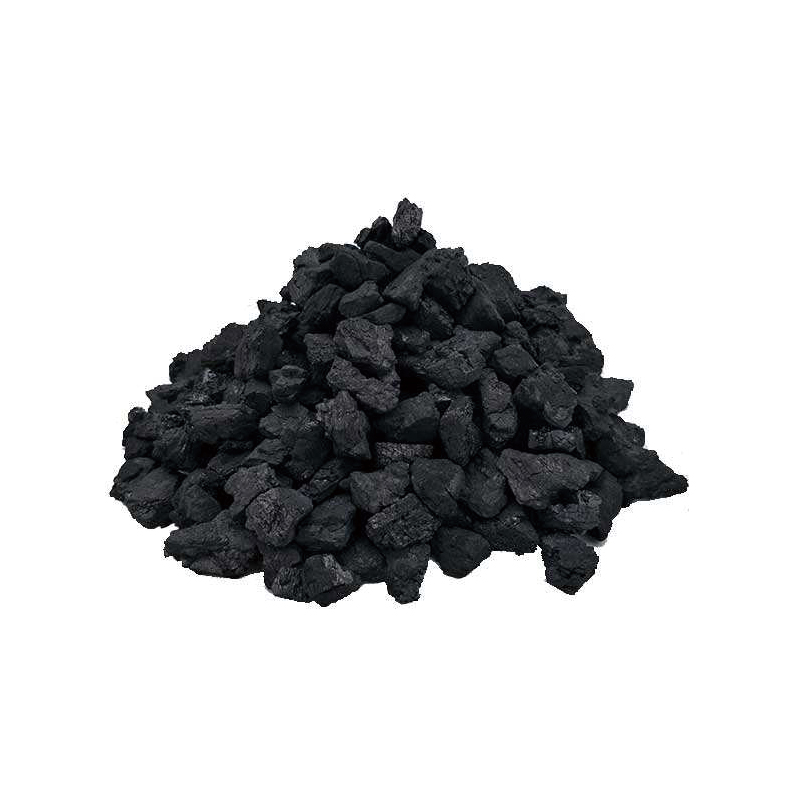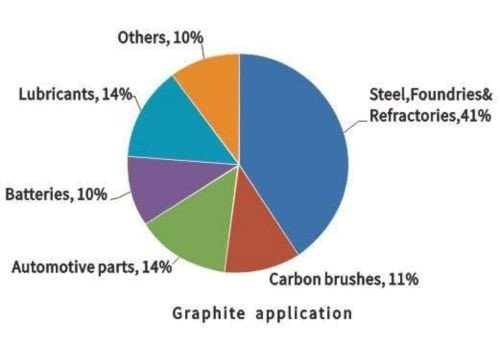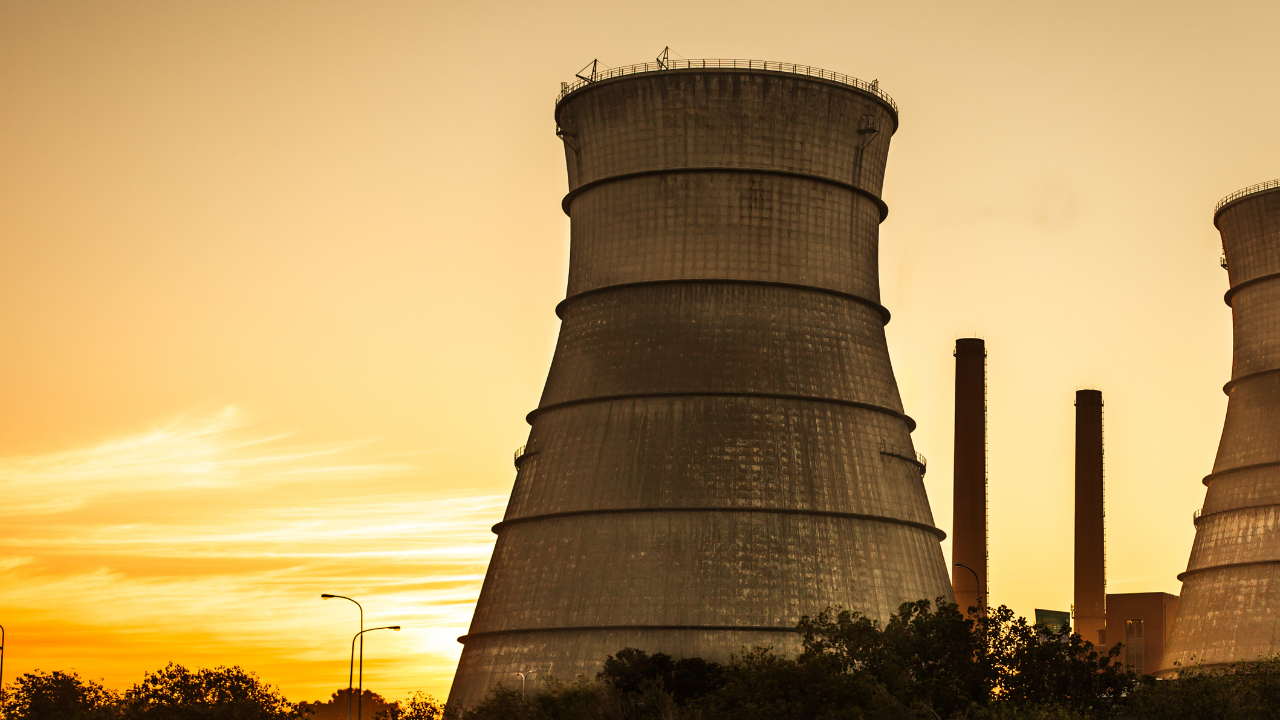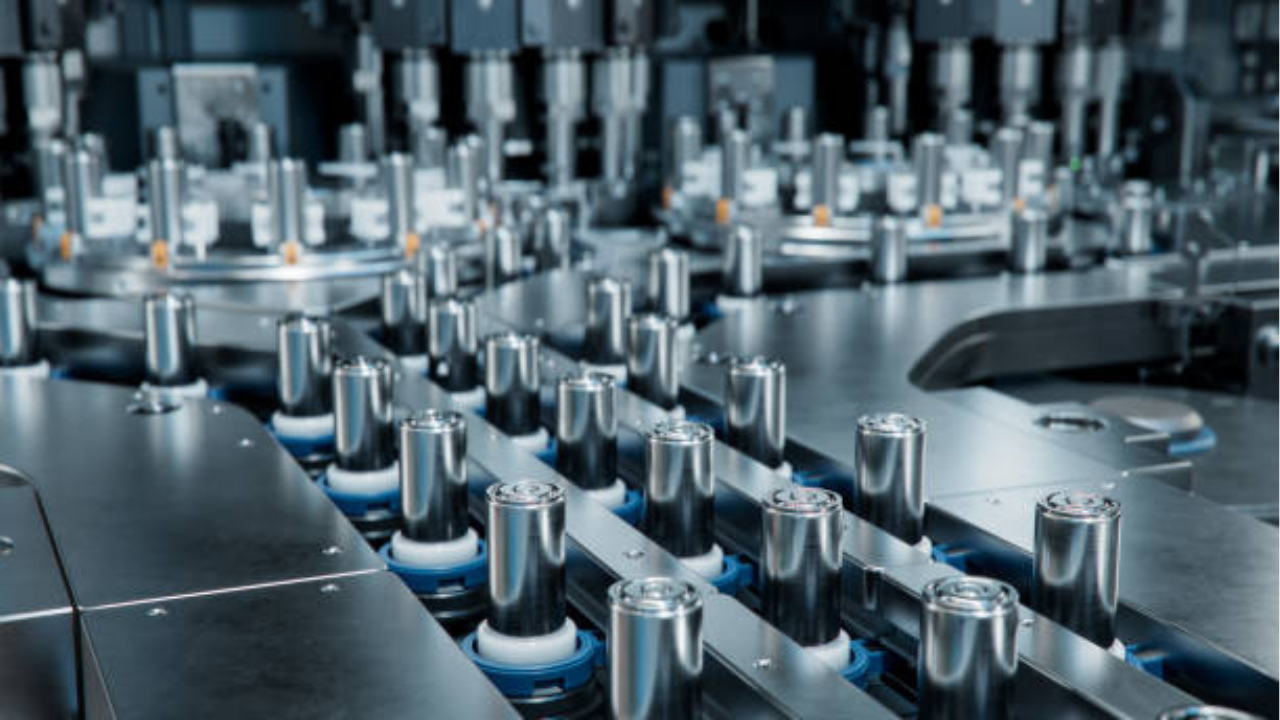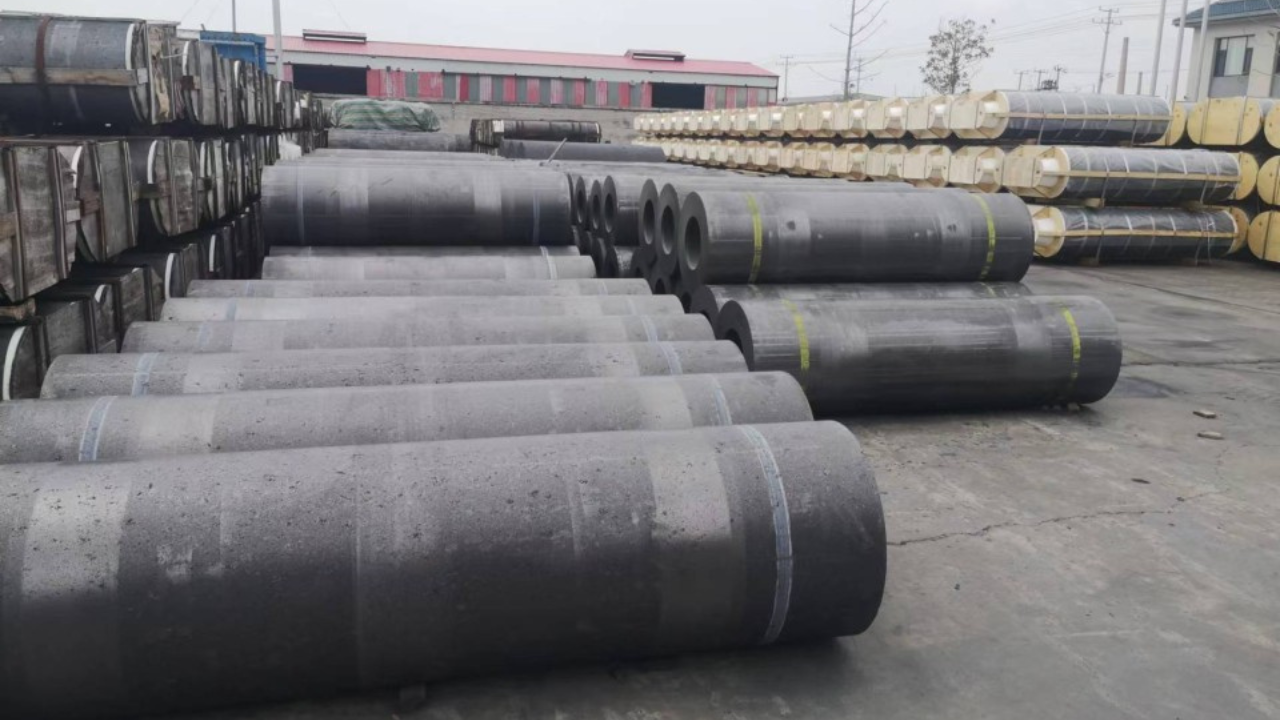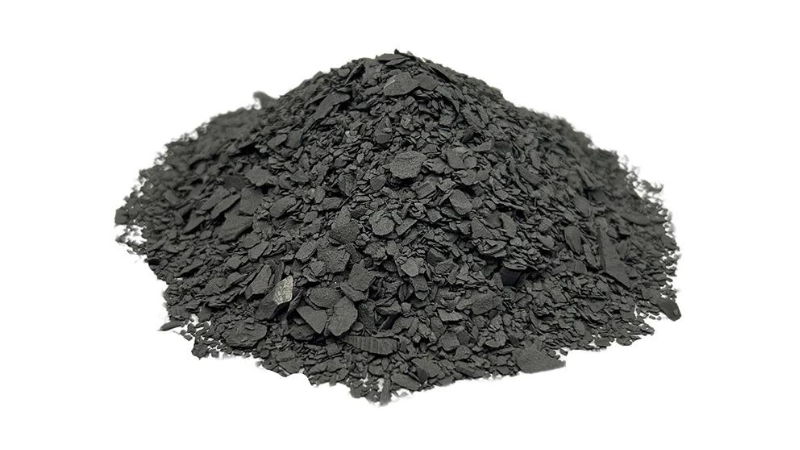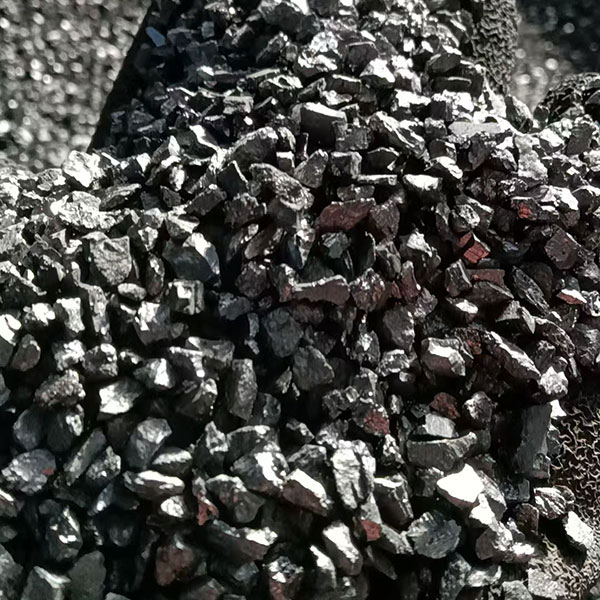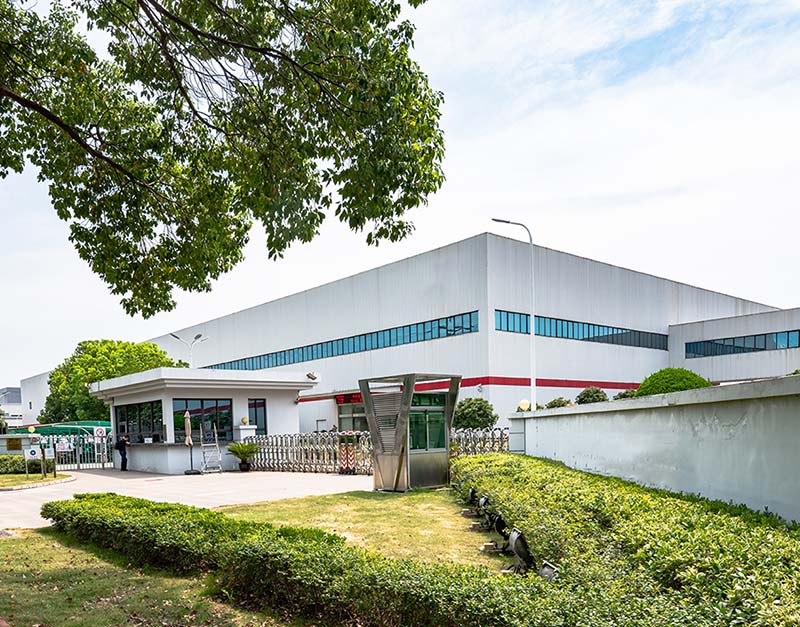Based on appearance and quality, petroleum coke can be divided into three categories: sponge coke, honeycomb coke, and needle coke. Needle coke is considered the highest quality.
Petroleum coke is characterized by a low ash content, generally less than 1%, and is easily graphitized at high temperatures. It is a raw material for producing graphite electrodes. *The carbonaceous stock used in smelting silicon carbide is also primarily petroleum coke, requiring a fixed carbon content greater than 87%, an ash content less than 1.2%, and a volatile matter content less than 12%. Table 4 shows some typical properties of Chinese petroleum coke.

PART 02 Anthracite
Coal is formed from ancient plants buried underground millions of years ago during crustal movements. After being subjected to certain temperatures and pressures, it undergoes continuous metamorphic carbonization. Coal is a general term for peat, lignite, bituminous coal, and anthracite, each of which has a significantly different degree of carbonization. The higher the degree of carbonization, the higher the carbon content. The darker the color, the greater the specific gravity, and the harder and more lustrous the coal. Peat has the lowest degree of carbonization, exhibiting a loose structure and containing a high amount of volatiles. Anthracite has a higher degree of carbonization, typically exceeding 80% carbon and less than 10% volatiles. It has a denser structure, a specific gravity of approximately 1.50, and possesses high mechanical strength. Coal lacks a distinct crystalline form and is also amorphous carbon.
Anthracite from different sources exhibits considerable variation in its degree of metamorphism. Based on the geological age of its formation, anthracite can be divided into aged, middle-aged, and young anthracite. Based on its volatile matter and ash content, anthracite can be categorized as Anthracite No. 1, Anthracite No. 2, and Anthracite No. 3, as shown in Table 5.
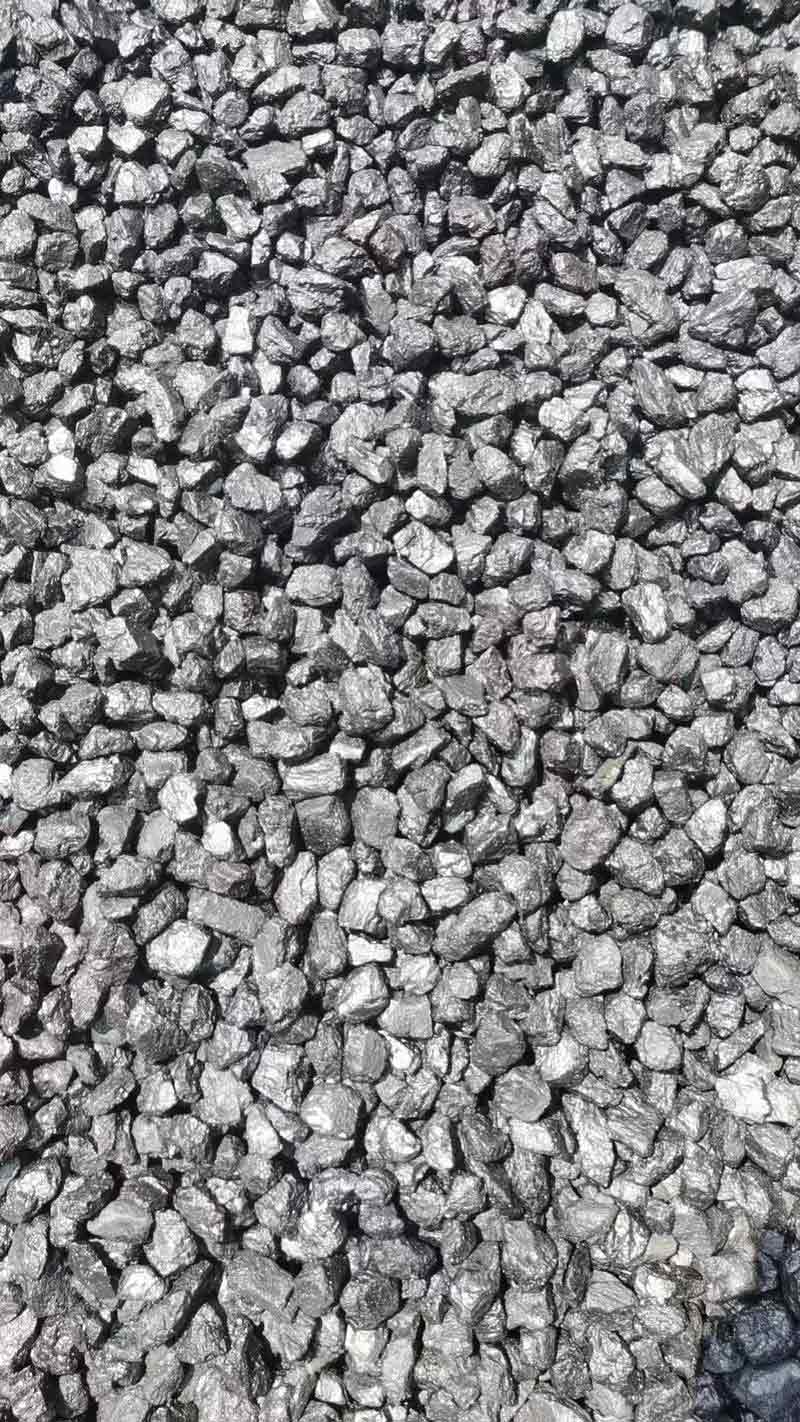
Anthracite is an important raw material for the production of carbon bricks, carbon electrodes, various electrode pastes, and base pastes. It can also be used in the refining of silicon carbide. The quality requirements for anthracite used in carbon brick production are: ash content no greater than 8%, volatile matter no greater than 7%, sulfur content less than 2%, and moisture no greater than 5%.

